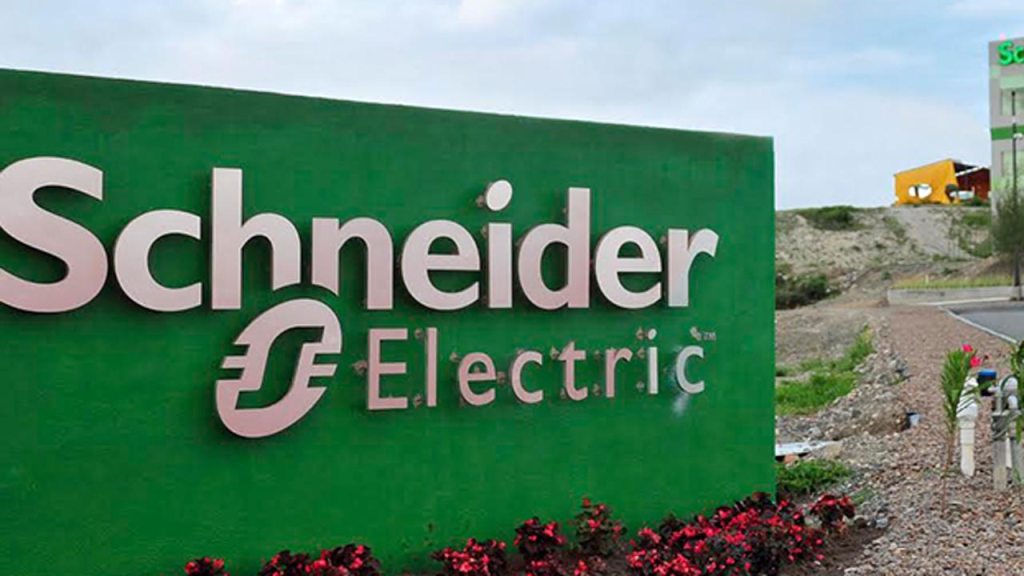Schneider Electric, a specialist in the digital transformation of energy management and automation, has unveiled the latest version of its award-winning software EcoStruxure in East Africa.
According to the company’s Vice president Oliver Jacquet, the unveiled EcoStruxure is the latest addition to the offerings from Schneider Electric’s Access to Energy program. It is expected to scale-up sustainable off-grid electrification.
The potential is huge, and Schneider Electric has already installed 350+ picogrids (<4kWp) and 600+ microgrids in off-grid areas worldwide, equivalent to 23,5+ MWp over the past four years. The new installations will help monitor site performance and report end-user load balance and energy credit in real-time.
While giving trend data to improve operational efficiency, the new technology is expected to allow scalability and evolution of pico-grids, upselling of relevant offers, and customization of business models as the amount of available energy grows.
“At Schneider Electric, our role is to make sure that ‘Life is On’ for everyone, everywhere, at every moment. As such, sustainability is at the heart of our company strategy,” says Edouard Heripret, General Manager, East Africa at Schneider Electric.
Through its Access to Energy program, the company wants to play a major role in helping underserved people to gain access to electricity. Between 2009 and 2019, Schneider Electric has provided energy access solutions to more than 25 million people, invested in 20 companies, trained more than 250,000 people and supported more than 700 entrepreneurs.
See Also>> No Electricity? No Problem for Kitui County’s Remotest Dwellers
According to IEA 2017 World Energy Access Outlook, microgrids are the most cost-effective way to expand energy access in remote areas. The IEA also predicts that by 2030, between 30% and 40% of people in developing countries will be powered by microgrids, fueled by renewable energy sources such as solar.
However, the available energy only allows access to basic services such as mobile phone charging and LED lighting, while end-users often earn less than Ksh 150 a day. Precise load management and metering, as well as real-time monitoring and analytics, are needed to maximize the efficiency of these projects and to guarantee that they can thrive and grow.
New EcoStruxure Addition Tested in Uganda
The new Ecostruxure technology is already being demonstrated on a Villaya microgrid project in partnership with global organization Mercy Corps at their field office in Kaabong, Uganda. Kaabong is a semi-arid region where many households are without electricity, relying mainly on kerosene lamps for lighting.
Due to unreliable electricity, Mercy Corps’ operations were hampered by an erratic power supply and cost generator expenses. The Villaya microgrid was designed and built to withstand harsh environments for many years and was installed in Kaabong.
Together with a remote monitoring solution, the system will be able to provide both real-time and historical data for analysis and troubleshooting. The microgrid is now providing reliable, clean and safe energy to Mercy Corps’ office, with a cost-saving of approximately Ksh 200, 500 per month.
Importantly, the project has resulted in zero carbon dioxide emissions at Kaabong since installation, which is a monthly CO2 saving of 1,150 tonnes compared to genset use emissions. The Ecostruxure for Energy Access platform gives both Mercy Corps and Schneider Electric a clear view of real-time and historical microgrid performance, energy consumption and reporting analytics.













Leave a comment